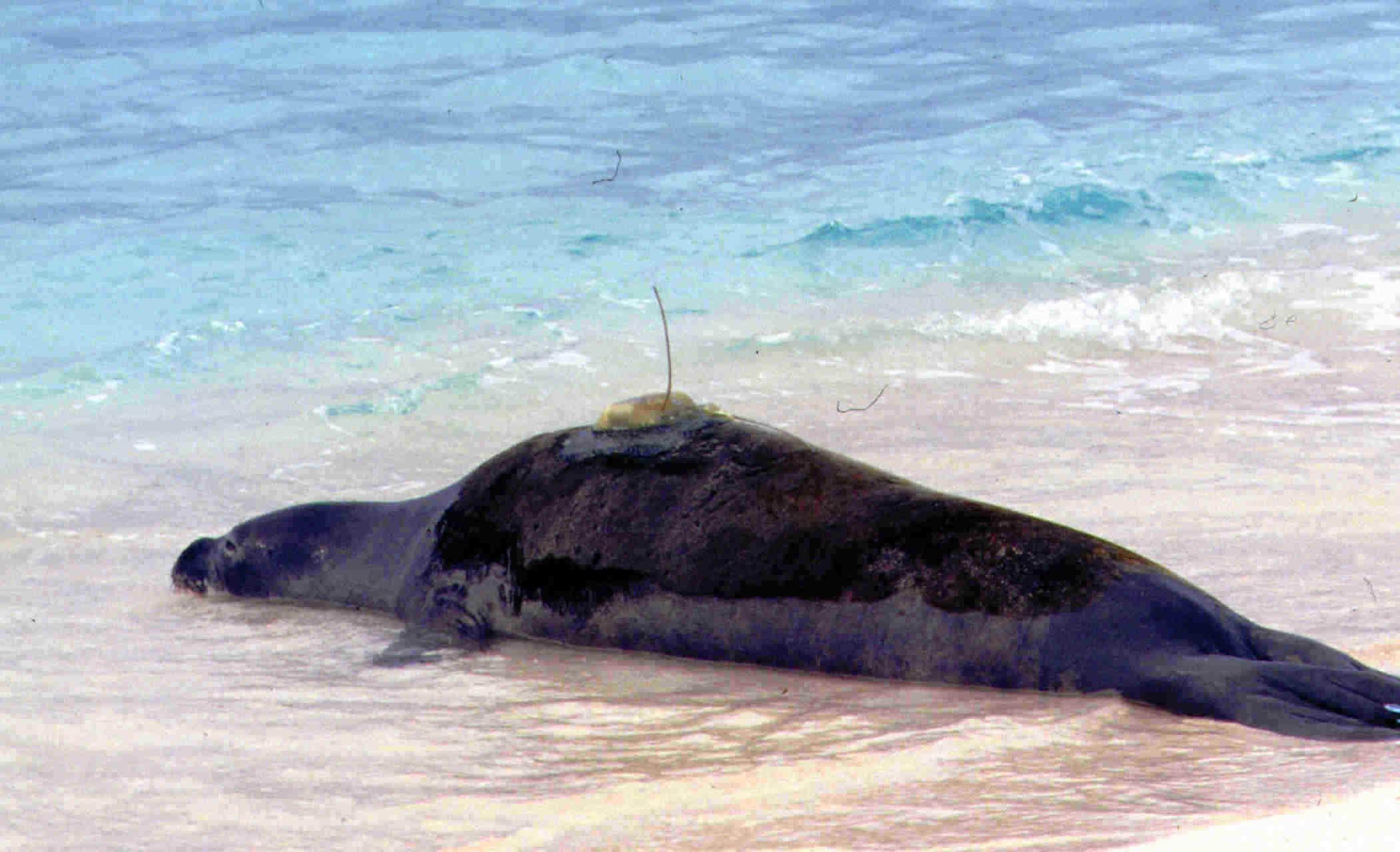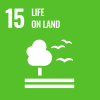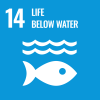
Hawaiian monk seals

 Hawaiian monk seals (Monachus schauinslandi) are endemic to the Hawaiian Islands and are the most endangered species of marine mammal that lives entirely within the jurisdiction of the United States. The species numbers around 1300 and has been declining owing, among other things, to poor juvenile survival which is evidently related to poor foraging success. Consequently, data have been collected in the early 2000s on the foraging habitats, movements, and behaviors of monk seals throughout the Northwestern and main Hawaiian Islands.
Hawaiian monk seals (Monachus schauinslandi) are endemic to the Hawaiian Islands and are the most endangered species of marine mammal that lives entirely within the jurisdiction of the United States. The species numbers around 1300 and has been declining owing, among other things, to poor juvenile survival which is evidently related to poor foraging success. Consequently, data have been collected in the early 2000s on the foraging habitats, movements, and behaviors of monk seals throughout the Northwestern and main Hawaiian Islands.
By 2004, recently reestablished and increasing population of Hawaiian monk seals in the main Hawaiian Islands (MHI) was encouraging for this endangered species. However, seals in the MHI may be exposed to a broad range of human, pet, livestock, and feral animal pathogens. We therefore studies the movement and foraging habitats of Hawaiian monk seals in the MHI relative to the potential exposure of seals to infectious diseases in near-shore marine habitats. We captured 18 monk seals in the MHI between January 27, 2004 and November 29, 2005, tested them for various infectious diseases, and then monitored the foraging movements of 11 of them using satellite-linked radio transmitters for the next 32–167 days. Satellite monitored seals spent considerable time foraging, traveling, and resting in neritic waters close to human population centers, agricultural activity, and livestock ranges, and sources of land-based water runoff and sewage dispersal. Consequently, Hawaiian monk seals in the MHI may be at risk of exposure to several infectious disease agents associated with terrestrial animals that can contaminate marine habitats from runoff along drainages and that are known to cause disease in marine mammals. Further, some seals overlapped substantially in their use of coastal habitats and several moved among islands while foraging and were seen on beaches near each other. This suggests that diseased seals could infect healthy conspecifics throughout the MHI.
We subsequently analyzed blubber and blood samples for organochlorines (OCs) from 158 Hawaiian monk seals (Monachus schauinslandi) at four of their six primary breeding colonies in the Northwestern Hawaiian Islands. Levels of OCs in blubber were lower in adult females compared to juveniles or adult males, evidently owing to the transfer of these lipophilic compounds to pups by pregnant and lactating females. Though the concentrations of OCs measured in Hawaiian monk seals were generally equal to or lower than those reported for other pinniped species in the North Pacific Ocean, they were high enough in a few seals to potentially affect their health.
Selected Publications:
